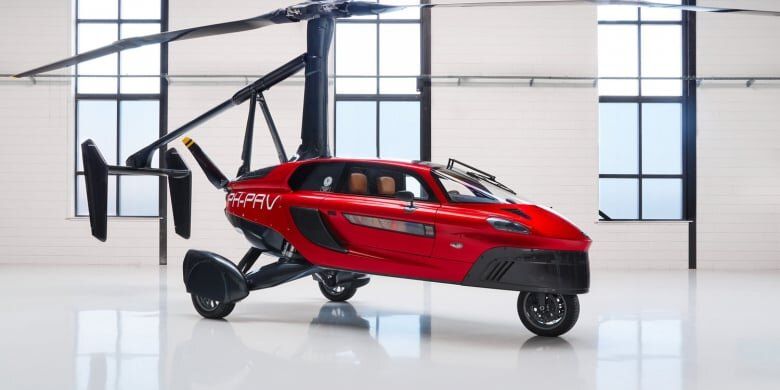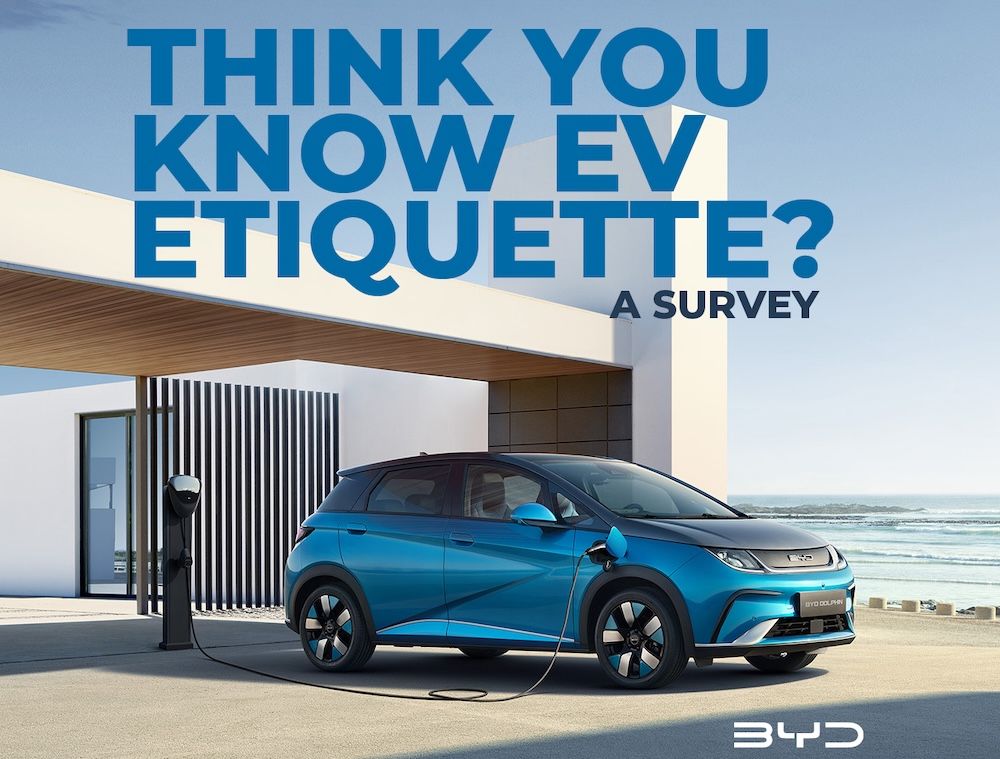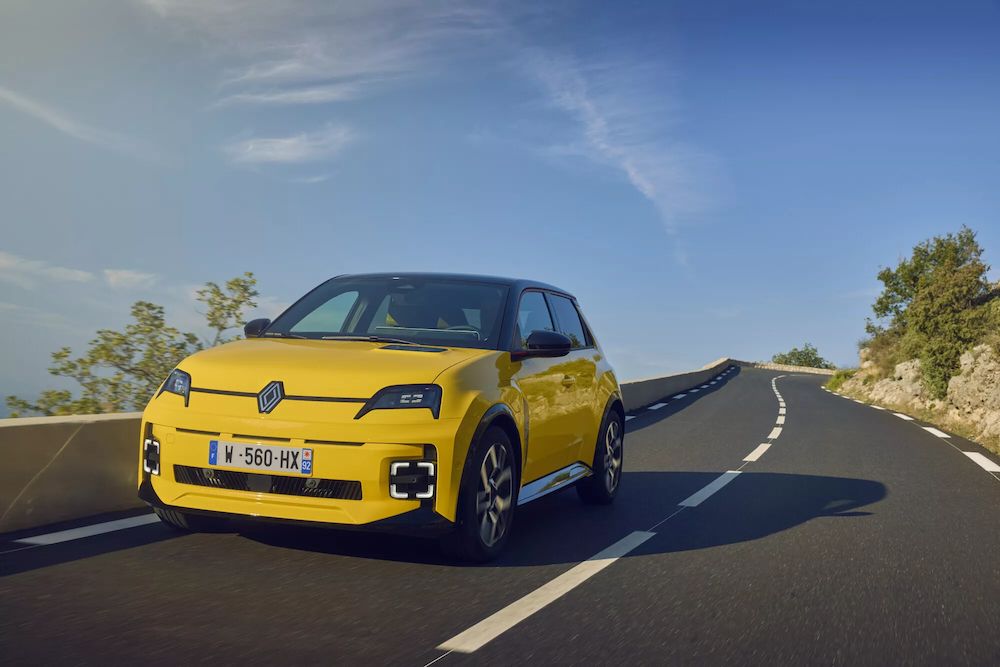One of the world’s first ‘flying cars’, the PAL-V, is now seeking final certification from the European Union Aviation Safety Agency (EASA).
The news follows the vehicle getting road permission for Europe and is based on 10 years-worth of test results. Although the first vehicle uses a traditional fuel mix, the firm has already development a platform for electrification, based on advances in battery technology.
EASA specialist teams have finished the requirements for the PAL-V Liberty model with the final phase being compliance demonstration before customers can take to car flying across the continent.
In 2009, PAL-V agreed with EASA to use the certification specifications for Small Rotorcraft, CS-27, as a starting point for the development of its own certification.
PAL-V worked together with EASA to amend the complete list of over 1,500 criteria to make it applicable for the PAL-V. The list was published last year for review by industry experts and the final version was published last week.
CEO of PAL-V, Robert Dingemanse, said of the news: “Getting a flying car to the market is hard. It takes at least 10 years.
“Although we are experienced entrepreneurs, we learned that in aviation everything is exponentially stricter. Next to the aircraft, all aspects of the organization, including suppliers and maintenance parties must be certified.”
CTO, Mike Stekelenburg, said: “Safety is key in developing the Liberty, we are privileged to work with top experts of EASA. Their high safety standards also allow the Liberty to be used professionally. From the start, we built the Liberty to comply with existing regulations. This strategy provides the fastest route to market.”
PAL-V Head of Airworthiness, Cees Borsboom: “More than 10 years of analysis, test data, flight tests, and drive tests, led to this important milestone. In parallel, we already started compliance demonstration to obtain the type certificate, which will be followed by delivery of vehicles to our customers.”
The EASA type certificate is valid for Europe and is also accepted in 80% of the world market, including the US and China.
- image courtesy of PAL-V







